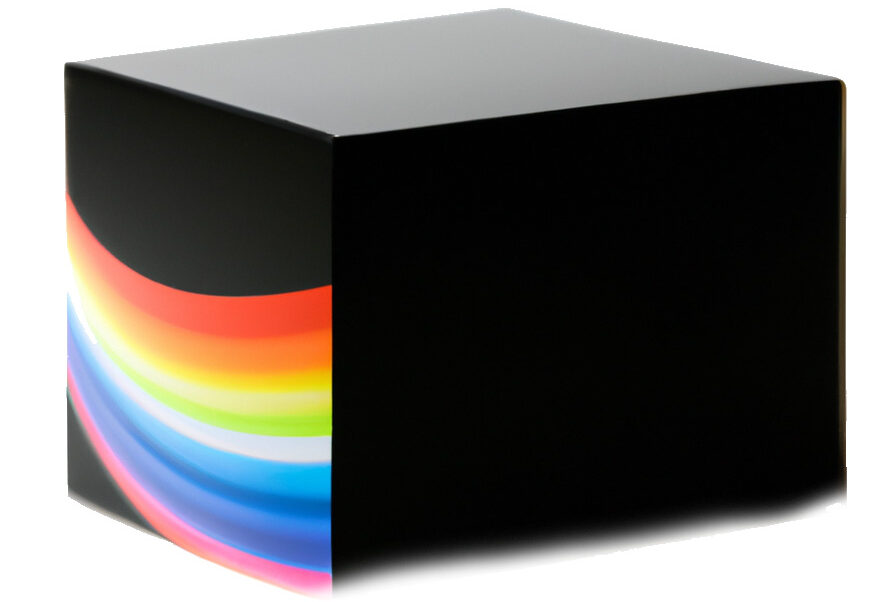In a massive change for the AI content industry, Axios reported in an exclusive story that Adobe will now accept AI-generated images on its popular Adobe Stock website.
This is a massive change for the industry. Shutterstock had previously announced that it would allow users to create AI-generated images on the site in partnership with OpenAI, with a portion of fees going to its contributors.
Still, that was a native implementation of one specific technology. Shutterstock did not allow contributors to begin uploading their own AI-created images created with the tools of their choice.
Adobe Opens the Floodgates
Adobe is taking an entirely different approach. They are opening up their platform to any AI-generated content that follows their overall requirements about ownership, safety, model releases, and the like. Essentially, they are placing AI-generated imagery and traditional imagery on the same playing field.
The article also acknowledges that there’s already a lot of AI-generated content on Adobe Stock. Axios quotes Adobe as saying that the content is already performing well on the site.
AI Imagery Indemnification
Perhaps the most significant line in the whole article is one that indicates Adobe will indemnify customers for the use of AI-generated imagery if any legal troubles arise.
Indemnification is a huge part of the value the stock agencies provide to buyers; essentially, it acts like a kind of insurance, protecting buyers if there are any legal challenges about the use of an image.
The fact that Adobe is extending indemnification to AI images indicates a few things. For one, it means that these images can now be used commercially. OpenAI had said that AI-generated images were eligible for commercial use before, but without the legal protections of indemnification, very few big corporate users would be likely to actually use them broadly.
The decision also signals that Adobe does not appear particularly concerned about the legal challenges with AI images. By offering indemnification for the images, it’s essentially putting itself in the crosshairs of any potential legal actions. If it’s doing that, it must think that the legal actions will be manageable.
What’s not immediately clear is what risk contributors will bear if they submit AI-generated content that’s challenged legally. Users of the content are clearly protected by Adobe’s indemnification, but Adobe’s contributor agreement requires contributors to indemnify the company.
I’m not an attorney, so I’m not certain what this ultimately means for contributors. But from a first reading, it seems like contributors could be at risk for legal actions that result from AI-generated images they submit to the platform. Hopefully we’ll learn more about the specifics as more details of Adobe’s plans come out.
A Game Changer for Stock Media
This decision is a game changer for AI-generated imagery to a much greater extent even than many of the technical hurdles the technology has cleared.
An open invitation for creators to submit this content–combined with the indemnification that makes it possible for companies to actually use the content–promises to change the industry up in ways that haven’t been anticipated before.
Overall, Adobe’s decision about AI content is very consistent with its overall strategy. For example, Adobe requires that contributors acknowledge imagery as AI-generated. That fits with the company’s major contributions to the Content Authenticity Initiative, which aims to positively identify synthetic content rather than banning it.
It also fits with Adobe’s strategy of being a creator-first company. Adobe has integrated AI tools directly into many of its software platforms, including its flagship Photoshop program. The ability to submit AI-generated images to Adobe Stock ties together the creative side and monetization side, which is sure to get creators excited.

